The new year is about to set upon us, and it’s time to think of new year resolutions for 2025.
So, I have created this list of 16 sustainable fashion resolutions for the environmentally conscious and those trying to take a step towards it.
But first, why should you care about making sustainable fashion choices?
In 2024, the fashion industry continued to be one of the biggest contributors to environmental damage.
Despite the rising awareness, only a small fraction of the clothes produced each year get recycled—87% of textile materials end up in landfills or incinerators.
These alarming figures make it clear that we must make sustainable choices at the individual level to make a global impact.
In the upcoming year, your every purchase, or lack thereof will impact the fashion industry’s environmental footprint.
This is why making conscious choices matters.
Sustainable fashion resolutions to take in 2025
1. Adopt a capsule wardrobe
A capsule wardrobe is a collection of versatile, high-quality, mostly neutral-colored clothing that pairs well with each other.
The focus is on evergreen fashion that doesn’t need you to stay on top of cyclical trends. This minimizes overconsumption and is also easy on your pocket.
Plus it reduces the stress of shopping since you already have a wardrobe theme in mind.
Read this guide on how to build a capsule wardrobe for yourself.
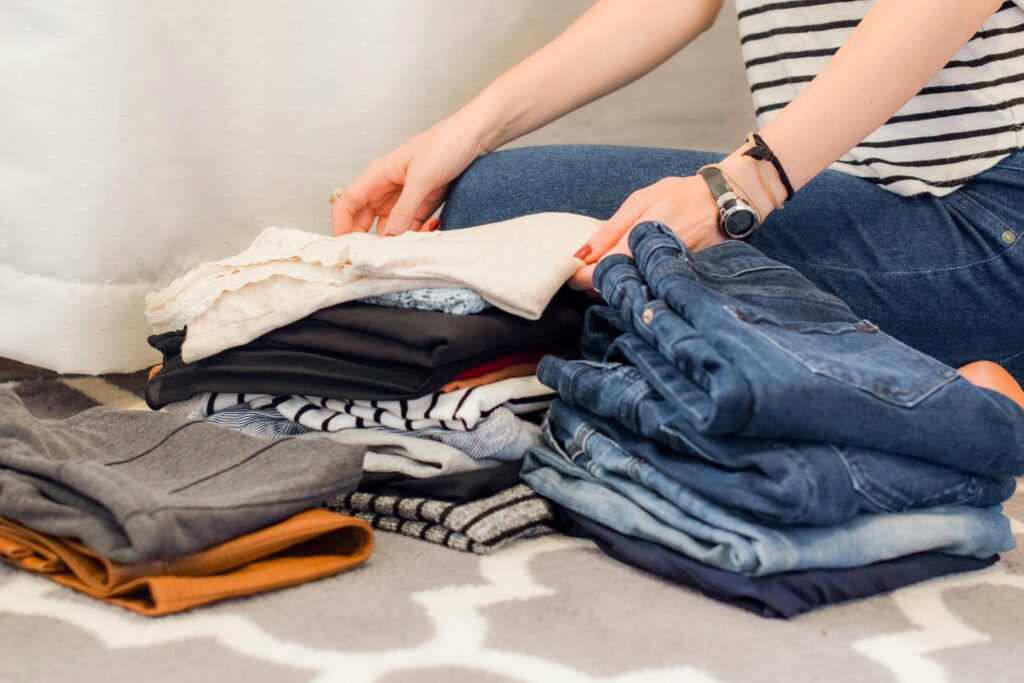
2. Get thrifty
Shopping secondhand is the best way to promote circular fashion.
It is a great way to get minimally worn pieces that deserve more love and wear. Plus it’s cheaper than getting a new item.
Explore online thrift stores, resale platforms, and vintage shops for unique, pre-loved items.
There are a lot of thrift shops on Instagram gaining massive popularity.
But ensure that you go for affordable brands because it’s easy to get outrageous prices quoted by resellers.
3. Support local Indian artisans
Choose clothing and accessories made by local designers or artisans. This helps sustain their livelihoods and compensates them fairly.
You can support them directly by shopping at events like Dastkar Nature Bazaar, Kala Ghoda Arts Festival (Mumbai), or Delhi Haat, where artisans showcase their work.
When traveling, you can also look for state-specific handlooms or handicraft fairs, such as Surajkund Mela (Haryana) or Shilparamam (Hyderabad).
You can also support artisans indirectly through brands like Okhai, and No Nasties. These brands are certified and adhere to Fair Trade principles, compensating artisans fairly.
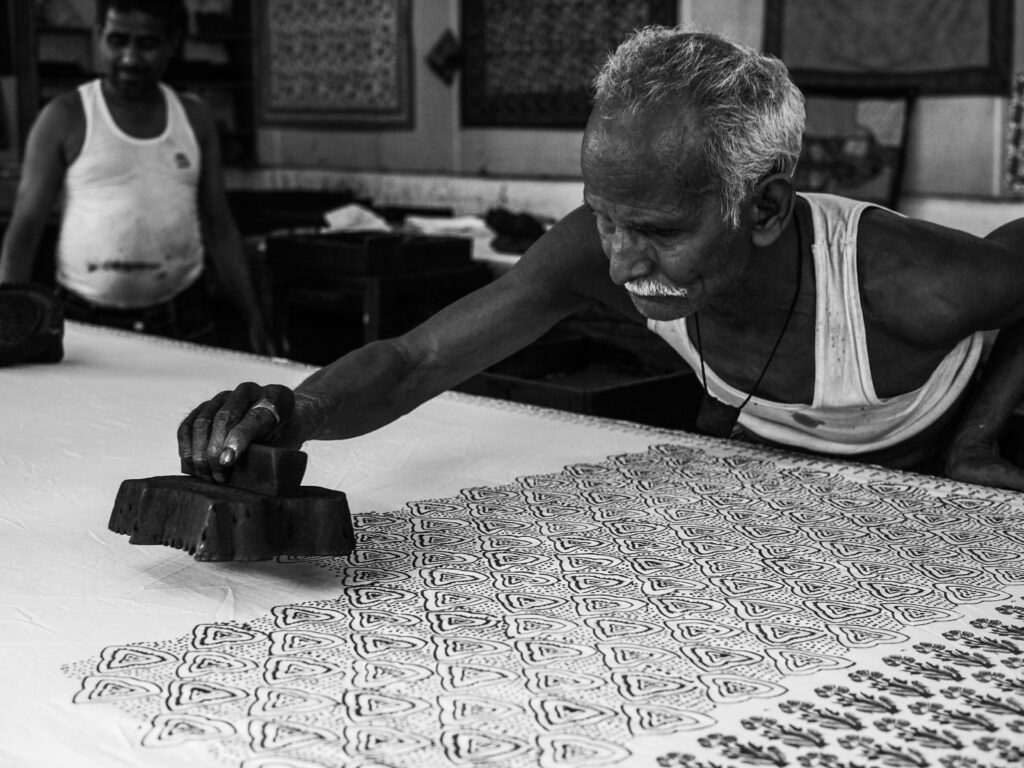
4. Buy less, choose better
There will always be times when fast-fashion clothing is cheaper and more appealing than its sustainable counterpart.
But be mindful of the item’s overall lifetime wearability.
Don’t purchase the same item 3 years in a row, because it wears out every year.
Instead, go for high-quality, durable clothing that lasts 3 years or more.
Good-quality clothing has sturdy fabric, neat stitching, and durable seams. Look for secure buttons, well-working zippers, and well-made garments.
5. Learn to sew
Sewing is a great skill to learn.
Mending small tears, sewing buttons, or patching jeans will extend the life of your clothing.
It will also give you a sense of accomplishment because you fixed it yourself, and saved money doing it.
Plus, it comes in handy during emergencies when you’re running late and a minor tear ruins your outfit.
6. Upcycle old clothes
Get creative on weekends and transform outdated or damaged garments into trendy new items.
Plan this as a DIY project, you can even include your friends in this.
When someone compliments your outfit, you can proudly tell them you made it yourself.
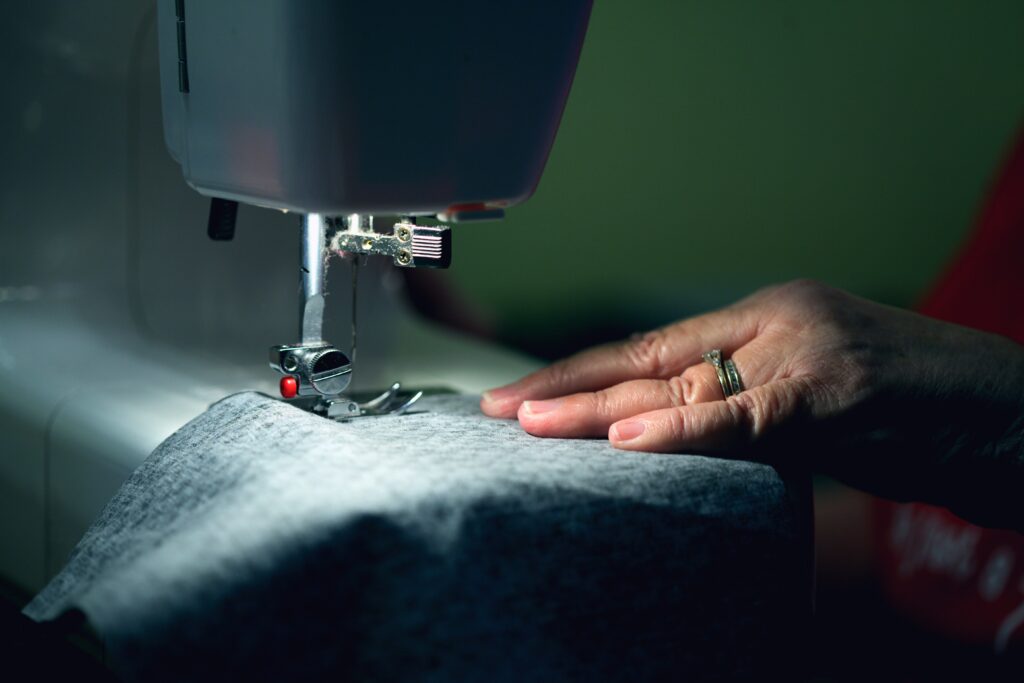
7. Host clothing swaps
Love that sweater your friend wore? Swap clothes with them.
This is a great way to wear new outfits without having to buy them.
Organize events with friends to exchange clothes you no longer wear or have outgrown but might fit your friend well.
8. Embrace natural fabrics
Natural fabrics are good for the environment and you!
Fabrics, such as cotton, linen, wool, and silk, are often hypoallergenic and better for your skin. Especially if you have eczema or contact dermatitis.
They allow air circulation, help regulate body temperature, and prevent excessive sweating, which is a common trigger for skin irritation.
They are also free from harsh chemicals often used to produce synthetic materials, such as polyester or nylon.
Overall, they’re great options since their production and disposal also have a minimal environmental impact.
9. Wash clothes sustainably
Washing clothes sustainably is vital due to water scarcity and pollution concerns.
Reuse wash water for cleaning or gardening.
Choose biodegradable detergents instead of chemical-laden ones to prevent water pollution in rivers.
Sun-dry your clothes. Thankfully, this is a common practice in India.
Wash full loads to maximize water and energy efficiency, while maintaining the washing machine’s longevity.
Reduce synthetic fabrics, to prevent microplastics from polluting water bodies.
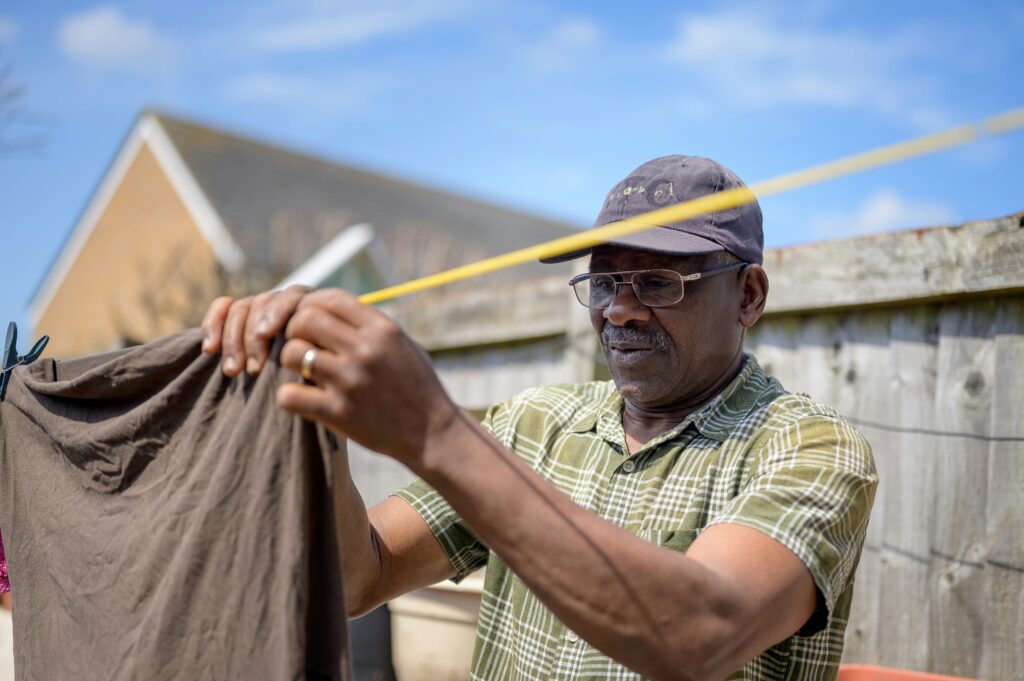
10. Declutter responsibly
Donate or recycle clothing you no longer wear, instead of throwing it away.
Find a local nonprofit to donate to. This will bring smiles to those who receive them and also give your clothes a new life.
Make sure you only donate clothes that are in good condition. That means no tears, ripping hems, or heavily used and washed-out clothes. Those need to be recycled.
11. Rent, don’t buy
Renting outfits is a convenient and cost-effective way to dress well for special occasions without the commitment of purchasing outfits you’ll rarely wear.
Many brands like Flyrobe, Rent An Attire, The Dress Bank, and Stage3 offer rental services in India.
12. Educate yourself on greenwashing
Greenwashing is when a company misleads you into believing that its products, services, or practices are environmentally friendly when they are not.
This often involves overstating sustainability efforts, making vague or unsubstantiated claims, or highlighting minor eco-friendly initiatives while ignoring larger environmental impacts.
When buying eco-friendly clothing, look for certifications and labels like India Organic, FSC, Fairtrade, Ecomark, GOTS, and OEKO-TEX.
13. Switch to sustainable brands
Gradually replace fast fashion with ethical and eco-friendly Indian labels.
Brands like No Nasties (organic and fair trade clothing), Nicobar (minimal waste designs), Doodlage (upcycled fashion), and Okhai (artisan-made apparel) offer stylish, high-quality alternatives.
Support these labels to reduce waste, conserve resources, and empower local communities.
Start small by swapping basics for sustainable alternatives.
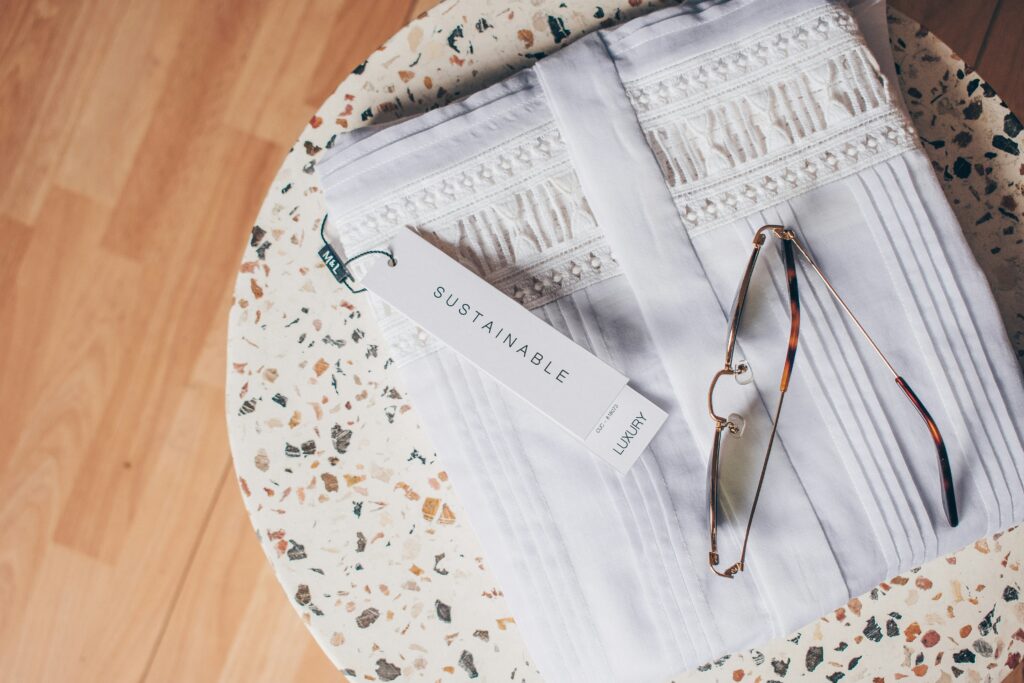
14. Promote circular fashion
Participate in take-back programs or buy-back initiatives offered by brands to recycle clothes.
Several brands have launched take-back and buy-back programs to promote sustainable fashion.
H&M encourages you to bring any brand’s unwanted clothing to their stores for recycling. Zara runs a similar used clothing collection program in partnership with local non-profits.
Refash and Relove provide tailored take-back programs for brands, allowing you to resell pre-loved items.
15. Avoid impulse buys
Before every clothing purchase, pause and ask yourself “Do I really need this item?”
You can follow the rule “30 Wears Rule”. The idea is to ask yourself: “Will I wear this at least 30 times?” If the answer is no, reconsider the purchase.
This simple habit will encourage you to make more mindful fashion choices, helping reduce overconsumption.
16. Be the devil’s advocate
Share your sustainable fashion journey with your friends and family to inspire them.
Openly support sustainable brands on social media by tagging them in posts where you wear the clothes they make.
Spread awareness and encourage others to do the same.

